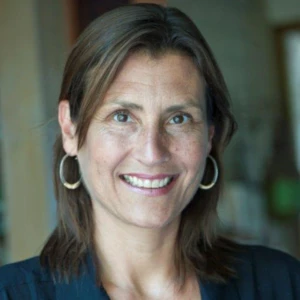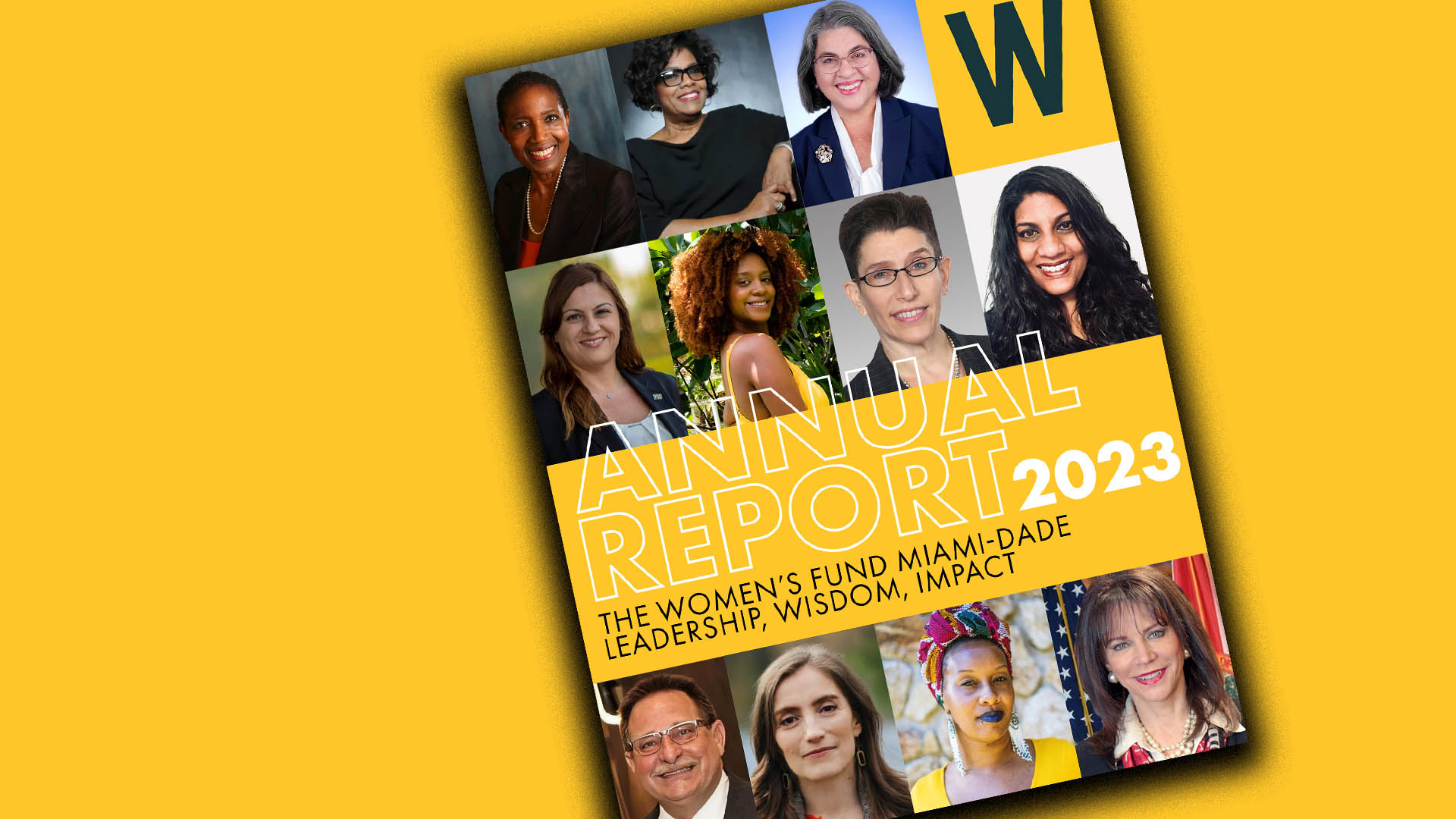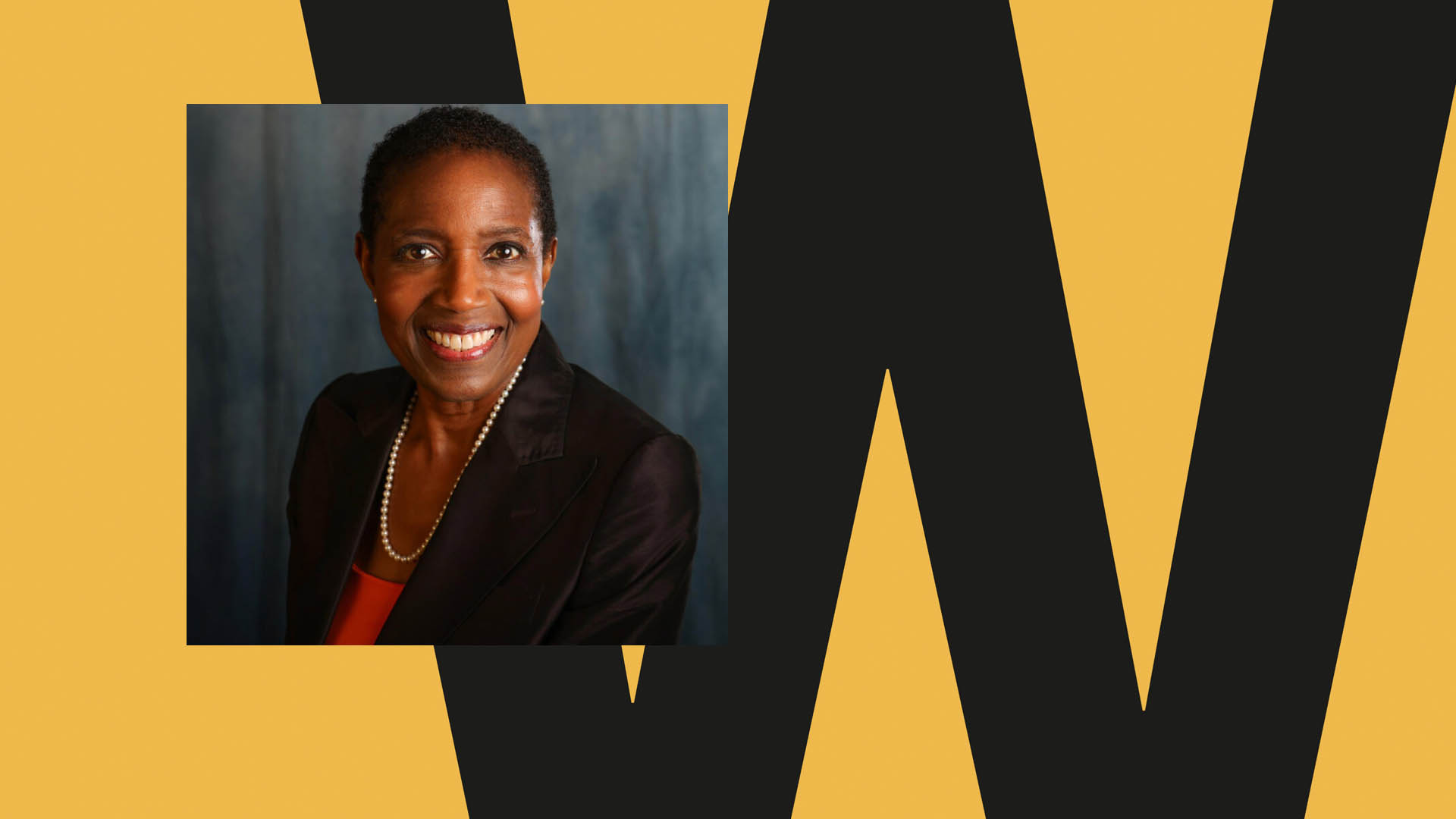The gender pay gap is a well-documented statistic among the economic, health and other disparities between the sexes. Claudi Goldin, the 2023 Nobel Prize in economics winner, was cited for her decades of work examining differences between women and men in the global labor market.
Marya Meyer, the executive director of the Women’s Fund Miami-Dade, hopes the index brings more attention to the differences between men and women in Miami-Dade County and their experiences when it comes to the local economy, health, political involvement and freedom from violence.

Courtesy Of The Women’s Fund The Women’s Fund Marya Meyer is the Executive Director of the Women’s Fund Miami-Dade, which released a recent report that shows the pay gap between men and women persists in Miami-Dade County.
WLRN spoke to Meyer about the index and the fund’s efforts.
WLRN: The pay gap has barely moved in seven years. Why is that?
Meyer: I think a lot of it has to do with how much unpaid labor women end up taking on in our society. We need to retrofit systems to really support the entire economy by supporting women and girls. If you take the burden of early child learning or the elder care in your family, it’s highly unlikely that you’re able to do the same kind of fully paid full time job. You might need to take two or three. And we know that those are paid less. [There are] lots of complex factors, but there’s a lot actually when we look at it that we can do about it. But we have to know.
The data shows, going back seven years, the pay gap has barely budged. But why does this gap persist in Miami-Dade County?
The United Nations says that the lack of gender data keeps women invisible. So that’s one of the things that we’re trying to fix with this. You can make a lot of U.N. plans. We can make national plans, but everything happens locally. We all know that.
What do you mean by missing data? What’s missing?
Some of the data exists on a gender pay gap [and it gets] a little bit more attention. We have Equal Pay Day every year. But most of the data doesn’t get seen. And then there’s the other data that we can’t find yet. It’s shocking. We have a lot of good people of goodwill here in our county government, in our police departments that would like to help us, but most of the gender violence data is not gendered – sexual violence, intimate partner violence, human trafficking, violence. A lot of that is not automatically found. So we have to dig really hard to find it.
What’s the big picture that this data paints of the state of the gender economic equity situation in Miami-Dade?
Let’s look at the very big picture. How are women and girls doing in our accounting? It’s really, really crazy. The composite score itself shows that there are 48 points’ difference between men and women.
And this is based on a scale of 100. One hundred would mean parity – that there is equality.
Exactly. So a 48-point composite gap. And then it depends. On economic mobility, there is the lowest gap, which is terrific. Only 39. That’s great. But it’s really an abyss if you look at the big picture.
What have the trends been like for this gap as you’ve captured it here? We can go back to some previous State of Women reports for Miami-Dade County. What kind of trends are developing?
We’re slightly better than we were on economic mobility — slightly, but nothing close to what I think most people feel where we should be. This is not a man against women issue at all, ever. Having a higher score isn’t necessarily a positive thing. It’s about making systems that serve everyone. So if you look at the Freedom from Violence score, for example, it’s not great that women are suffering slightly less compared to men than they were before. Nobody wants men to suffer, either.
It’s not a zero sum game where for one gender to increase, the other gender has to decrease. It’s not that kind of measurement.
Never. Not at all. When women and girls thrive, economies thrive. Entire communities thrive.
Why is measuring this important? And what do you want it to lead to?
Policy, change, focus. Our elected leaders and the people who work in public service, because there are a lot of great people who mean to do well. But if you don’t know where the issues are and what the problems are, you can’t solve them.
>>







